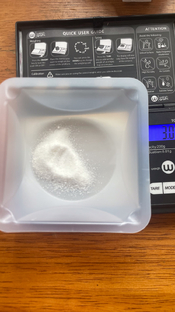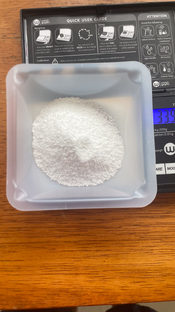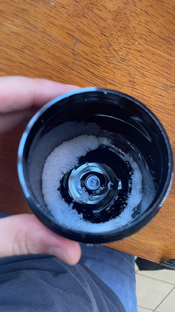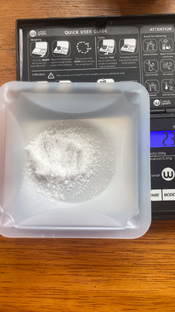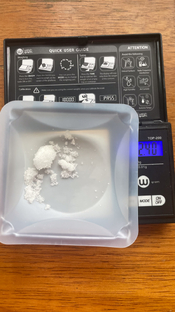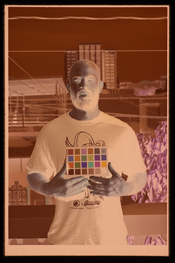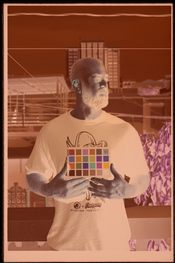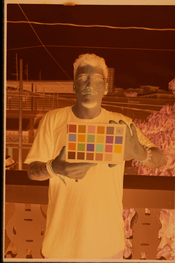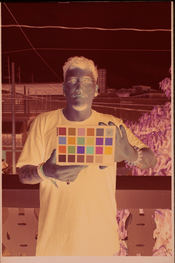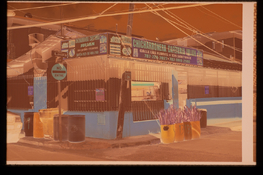Mr Bill
Member
- Joined
- Aug 22, 2006
- Messages
- 1,481
- Format
- Multi Format
Just don't forget to do the test with fresh, factory-made C41 developer.
I think this is part of the problem, that such may not be available (post #19). Except for, I'm thinking, the possibility of Cinestill powdered (?) developer.
Normally my rec would be to simply use a commercial C-41 developer "as is" (mixed according to the instructions). But if one needed to know a pH aim value (and were not using the Kodak-recommended gear) then my recommendation would be to use one's own pH measuring gear on said commercial C-41 developer, then whatever that result is, it becomes the user's standard aim point going forward. So if said user is gonna scratch-mix their own developer then their pH aim is gonna be what they actually measured on a commercial mix. And the main reason I take this position is that I trust the (correct) consistency of said mix more than I trust the capability of some user's specific equipment to get a "correct" pH reading of a color developer.
As a note, user photo engineer, now sadly deceased, once mentioned his use of pH electrodes for such things. (For the newer members he spent a number of years in the Kodak Research Labs, and was a prolific poster here, very generous with his time and experience. ) He said that he/they did not use the Kodak spec pH electrodes, but rather, for difficult samples, used a set of correction factors supplied by the electrode manufacturer.
Ps, a couple of notes... we looked at a number of pH electrodes over the years, mainly in the interest of saving money. The so-called Ross electrode, introduced maybe in the 1980s (?) was one that performed as well, perhaps better, than the Kodak spec electrodes. The downside... I believe they were even more expensive.
A note on troubleshooting electrodes... aside from the problem of pH-sensing glass becoming "fatigued," the other main thing was "clogging" of the junction of the reference electrode. (For users of a single electrode, a so-called combination electrode, both of these functions are built into a single electrode body.) I would refer people to the cleaning instructions in the Kodak H24 motion picture manual that I referred to previously.
If someone wants to scratch-mix these developers without the use of a pH meter I think it might be worth simply making up a set of developers using different amounts of some pH adjuster. Then do some sort of performance based evaluation of the results. Which can be like opening another can of worms.












